|
Asana practice focuses a lot of attention on stretching and "opening" the body. It goes to great lengths to reduce tension in the body and mind, and increase the functional range of motion in the joints of the body.
But flexibility is not the solution to every physical, mental and spiritual problem. Strength is the other side of the body's coin and equally as valuable. Because asana practice uses only body weight and no apparatus (one of its great values), and focuses largely on static held positions, there is a limited amount of strength one can build using only asana. BODY WEIGHT, NO MACHINES Yoga practice doesn't use any equipment. Before the 1970s there weren't even yoga mats. Only the body. This is one of the greatest traits of physical yoga practice, which it has in common with calisthenics and other apparatus-free disciplines. It can be practiced by anyone, anywhere. There is no expensive equipment needed; no special outfit or shoes. The poorest pauper can do it as well as the richest king. Such is the great democratization of yogic practice. But if we take health and function of the human body as one of our core goals (which admittedly not everyone does), we must expand the exercises we use and the tools that help us. PULLING Pulling is something we can't do in yoga. Since it requires an object - like weights - to pull toward the body, or an apparatus - like a pull-up bar - to pull the body toward, there are large systems of muscles and movement that are neglected in the physical yoga practice. All of the strengthening exercises in yoga are pushing actions. LIFTING WEIGHTS It is no longer a secret that bodybuilders were some of the first modern yogis. In the Ghosh lineage, Bishnu Ghosh worked with Prof. Thakurta to learn "muscle controlling." But even he states in Muscle Control and Barbell Exercises that muscle control - which later influenced his understanding and teaching of asana - shouldn't be attempted by those with weak muscles. He states: "Muscle-controlling makes the muscles shapely and increases the power of application of strength. But I should like to call it the second stage of development, for one should have big muscles before he starts controlling." He is stating that muscle development with barbells should take place before one begins physical control of the body. One drawback to a weightlifting practice commonly stated by asana practitioners is the fear that increasing strength will tighten their muscles and therefore make them less flexible. Because of kinesiological functions of the body, this isn't the case. Of course, repetitive uses of of the body do slightly change the way muscles work, but this happens over very long periods of time. (Example: a trained long distance swimmer has a body that works differently from a high jumpers.) For a yogi, any development of strength will actually encourage the integration of big muscle groups in the body, as well as deepen their relationship between muscle contraction and relaxation.
4 Comments
Alison
6/29/2017 09:11:57 pm
Hi guys, I really enjoy reading your article! I was just wondering if you could explain a bit more what you mean by 'because of kinesiological functions of the body, this isn't the case'. Thanks again
Reply
Scott
6/30/2017 06:00:43 am
Alison, there are two big reasons that increasing strength doesn't necessarily decrease "flexibility" or range of motion. The first is that our bodies learn to move in the way that we move them over time. Habits of movement, so to speak. So if we strengthen using a large range of motion, our flexibility easily remains intact. The other, perhaps more important kinesiological function that allows great strength without hindering flexibility is called "reciprocal inhibition." This is where one side of the body naturally relaxes when the other side engages. It is what allows virtually every joint movement to happen. This is why we can "stretch" the hamstrings more by engaging the quadriceps. Over time, both elements of this phenomenon can be cultivated: engagement and release. You will be able to consciously relax and lengthen any muscle. We have both experienced firsthand that significant strengthening can happen without any loss in flexibility.
Reply
5/29/2020 03:32:45 am
Nice article you have written in your site. I have ever loved weight lifting but there is a question to it. <a href="https://www.makeoverarena.com/zamob-games-music-videos-tv-series-www-zamob-co-za/">"Is Weightlifting For Men Only?"</a> I will be glad you read on an article I have written on the link below:
Reply
Emily
10/18/2023 08:14:53 am
I’d like more information on programming suggestions for strength training and yoga. Of course, this is dependent on a person’s goals and whether or not they do other sports so there would be great variability. Are there historical programming recommendations for bodybuilders, athletes, or the general population just working towards general strength/health/mobility? Have there been any updated recommendations?
Reply
Leave a Reply. |
AUTHORSScott & Ida are Yoga Acharyas (Masters of Yoga). They are scholars as well as practitioners of yogic postures, breath control and meditation. They are the head teachers of Ghosh Yoga.
POPULAR- The 113 Postures of Ghosh Yoga
- Make the Hamstrings Strong, Not Long - Understanding Chair Posture - Lock the Knee History - It Doesn't Matter If Your Head Is On Your Knee - Bow Pose (Dhanurasana) - 5 Reasons To Backbend - Origins of Standing Bow - The Traditional Yoga In Bikram's Class - What About the Women?! - Through Bishnu's Eyes - Why Teaching Is Not a Personal Practice Categories
All
Archives
May 2024
|

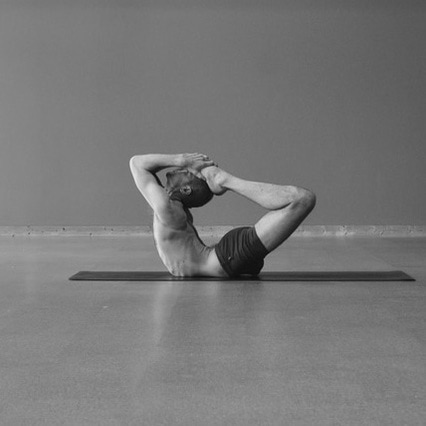
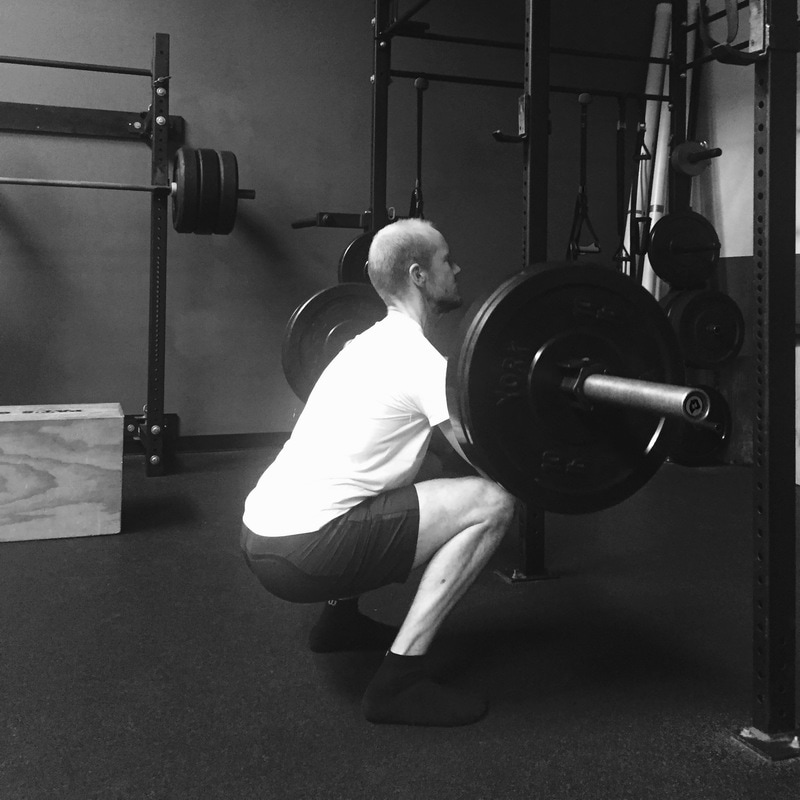
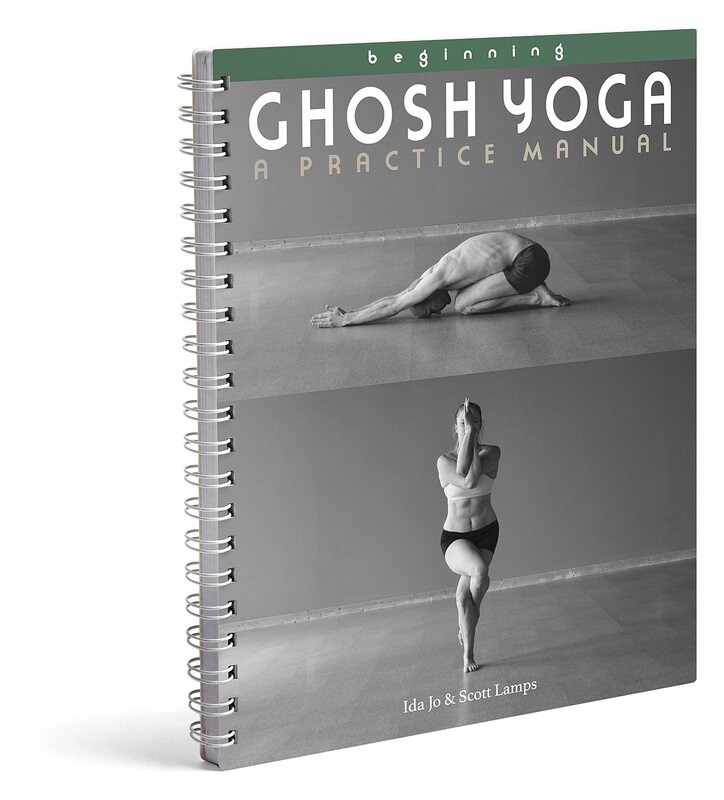
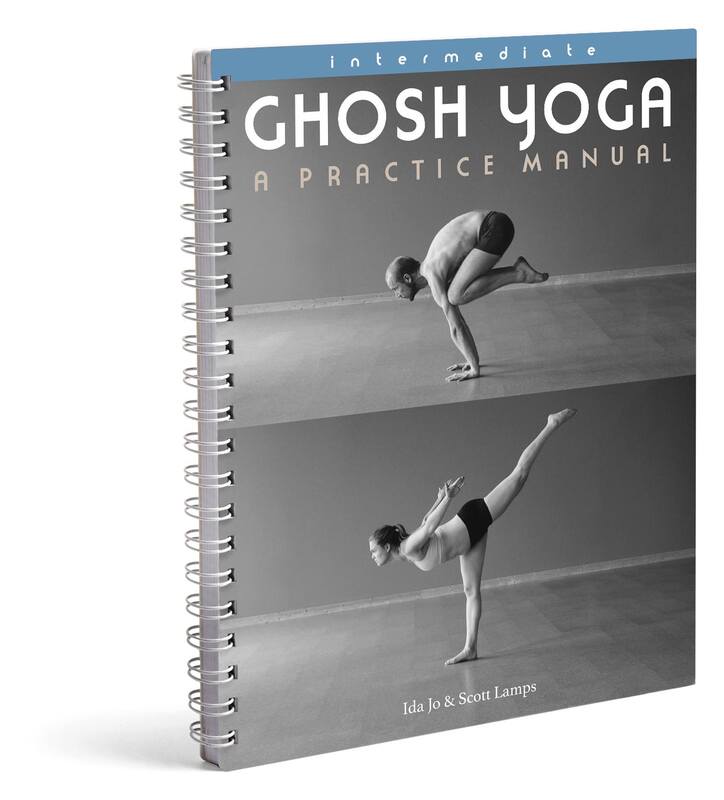
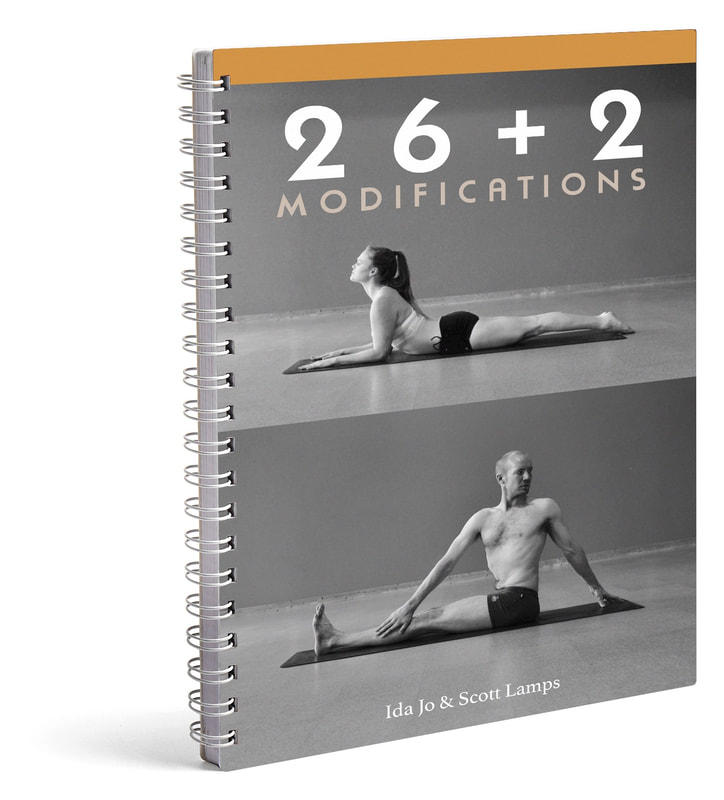


 RSS Feed
RSS Feed